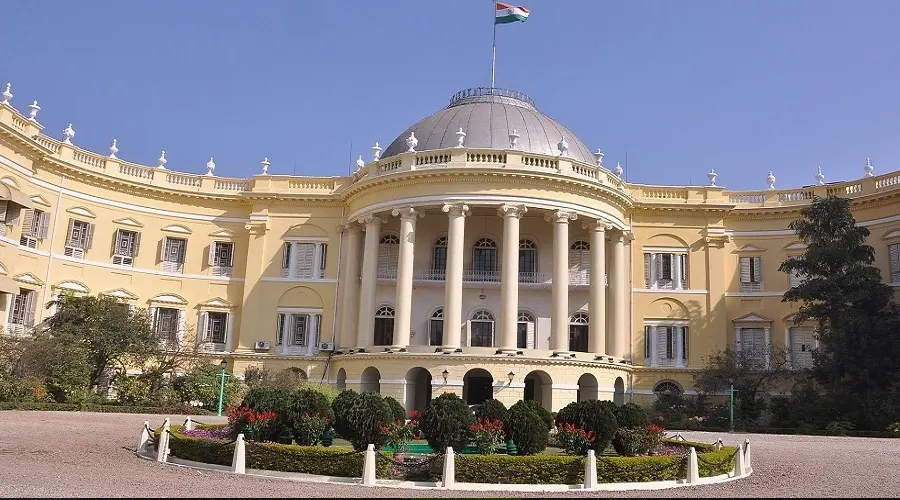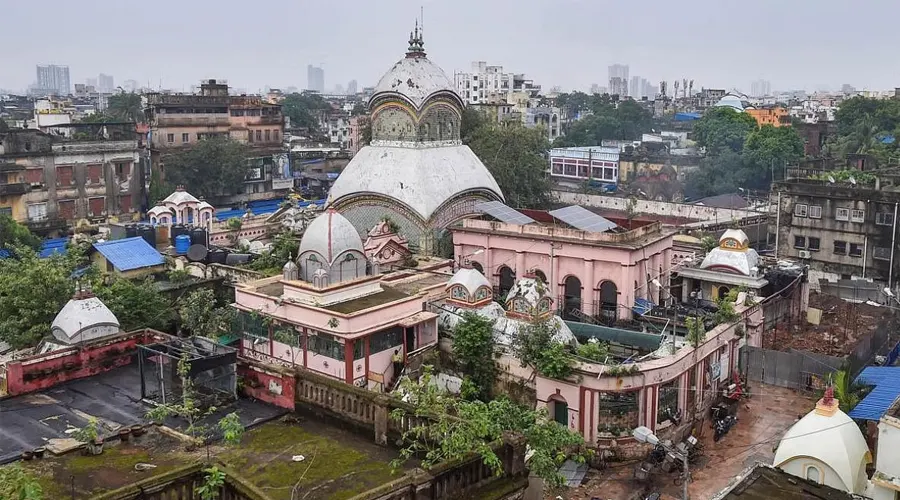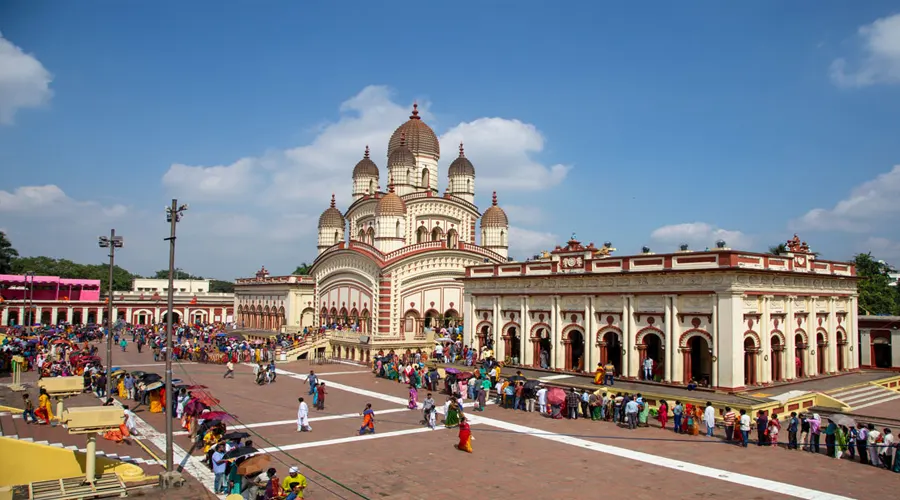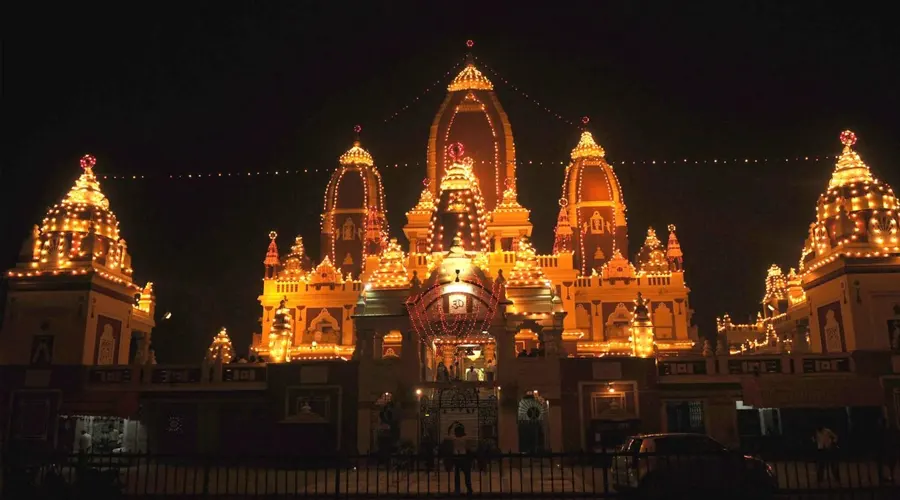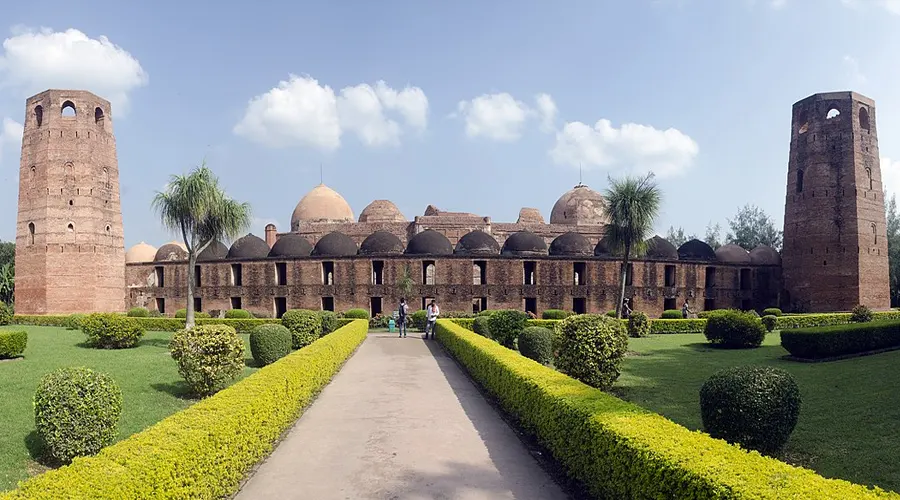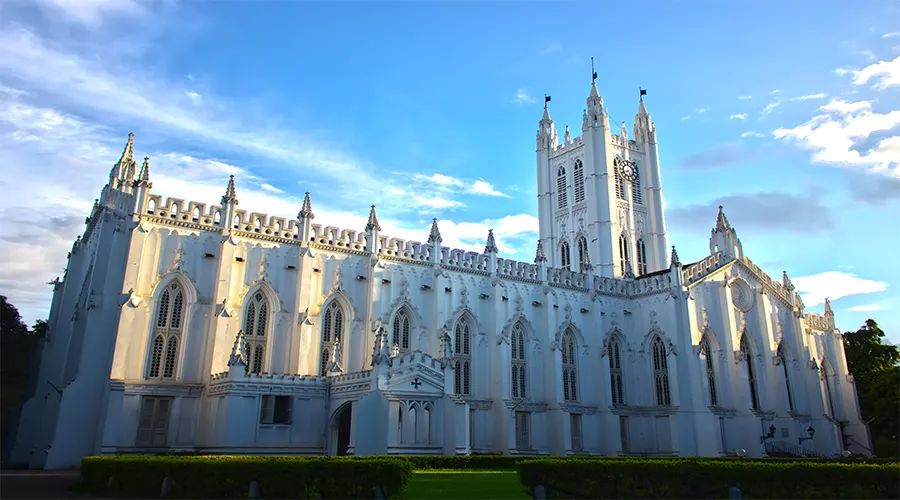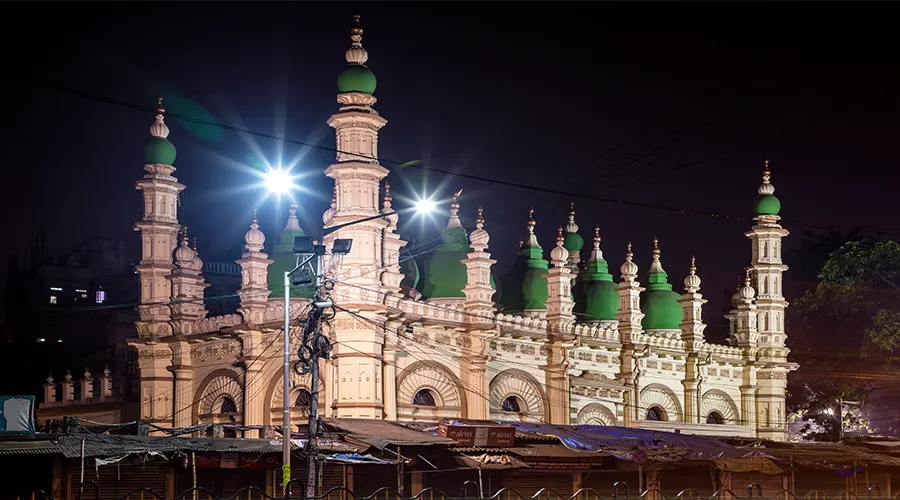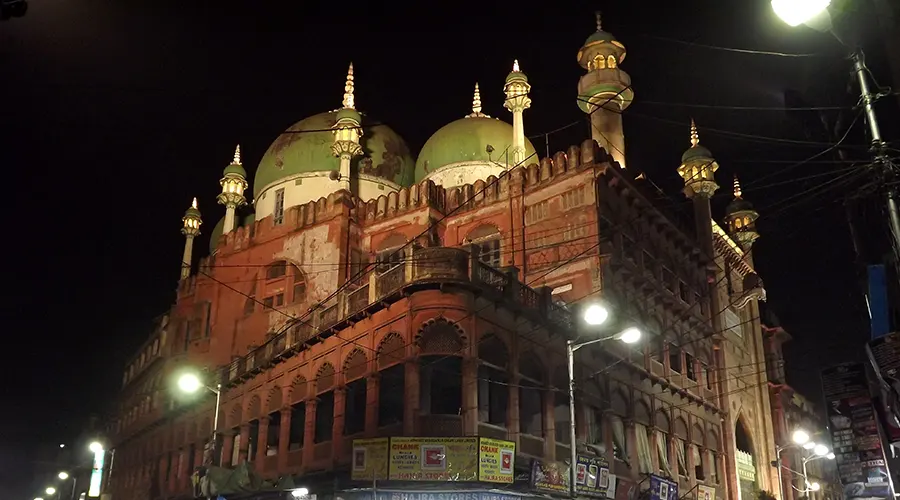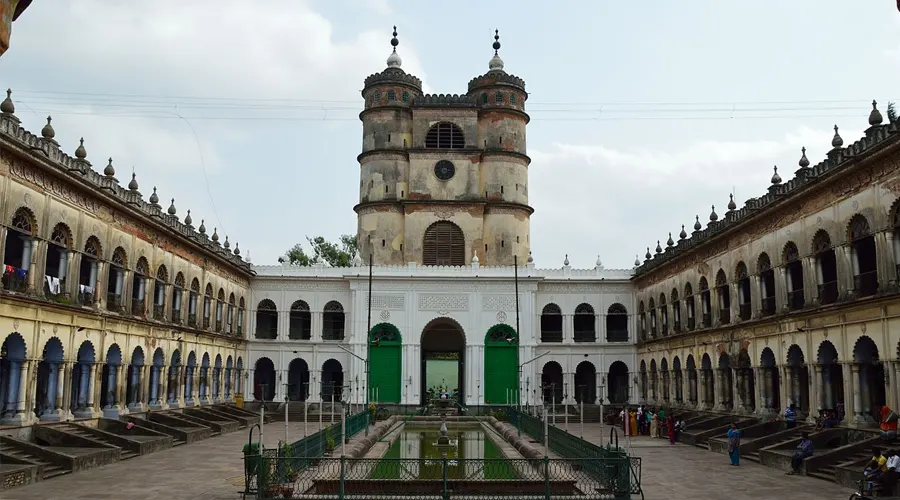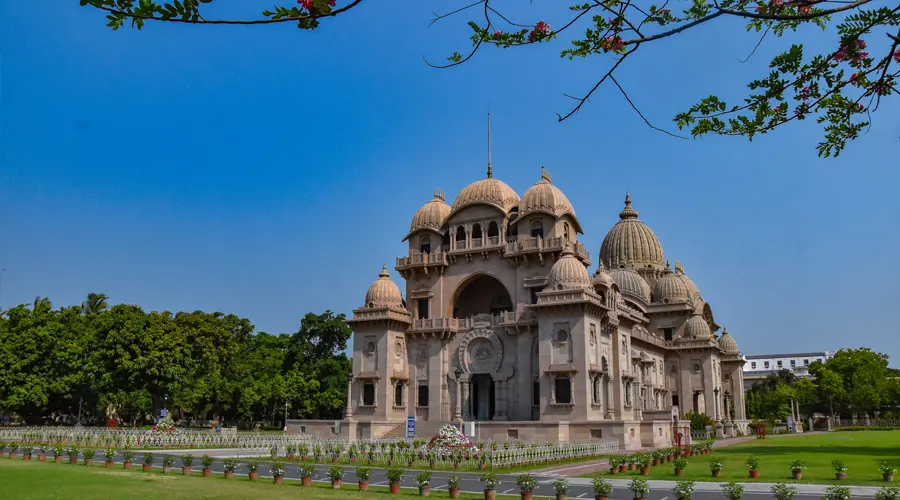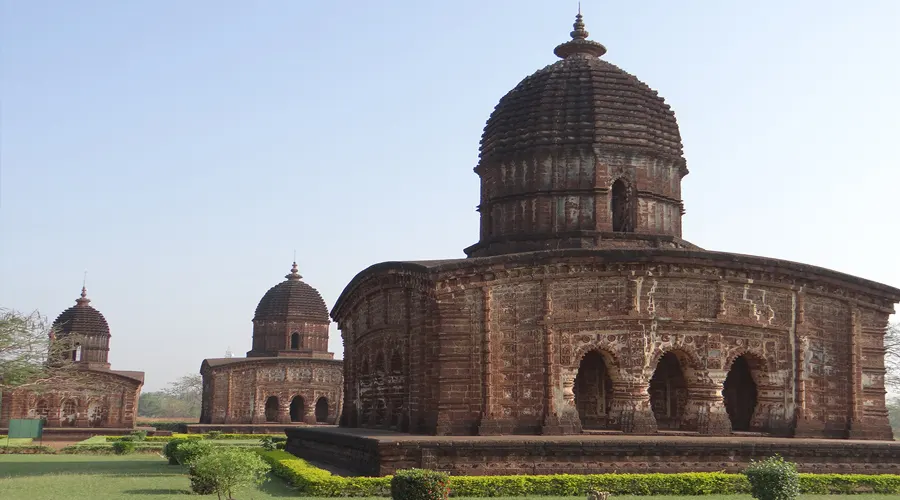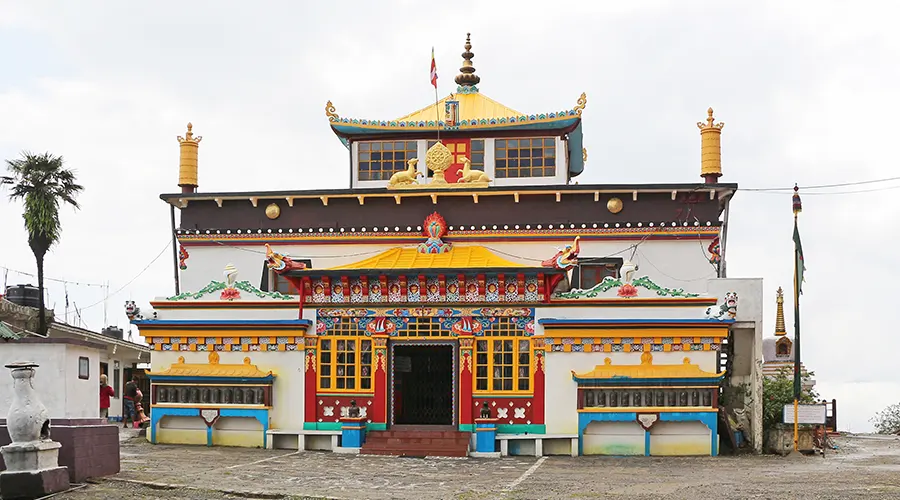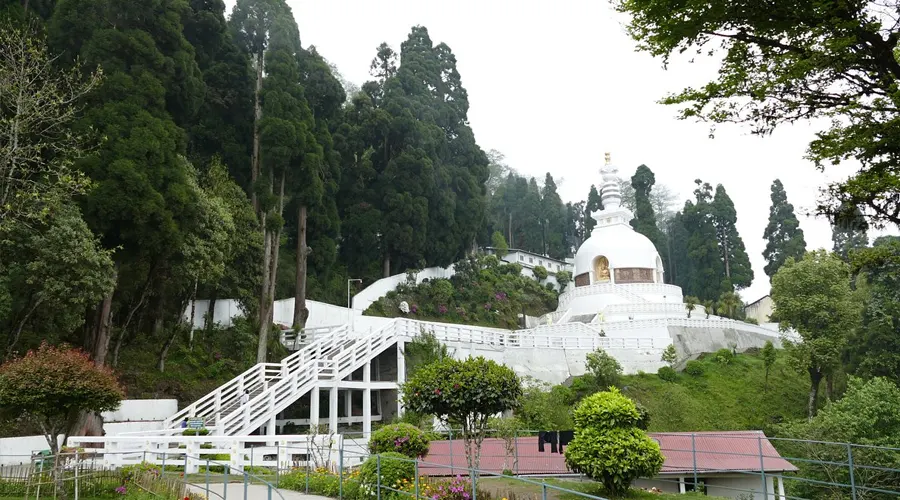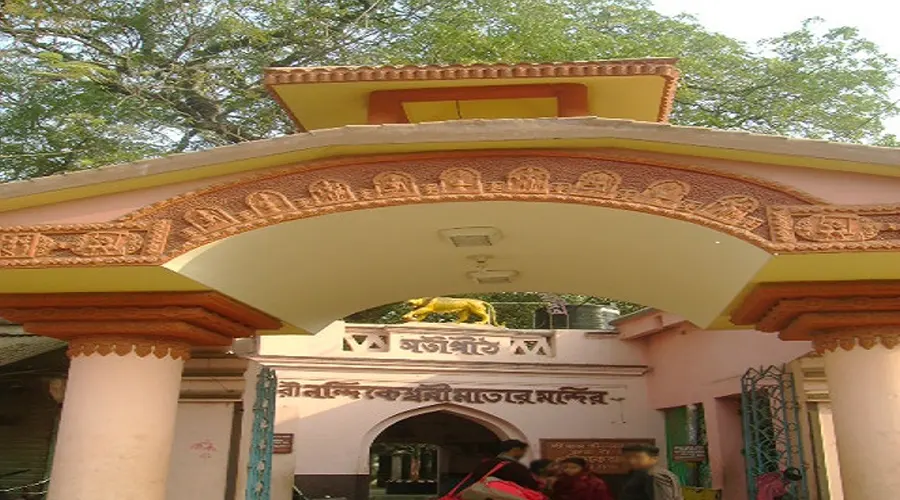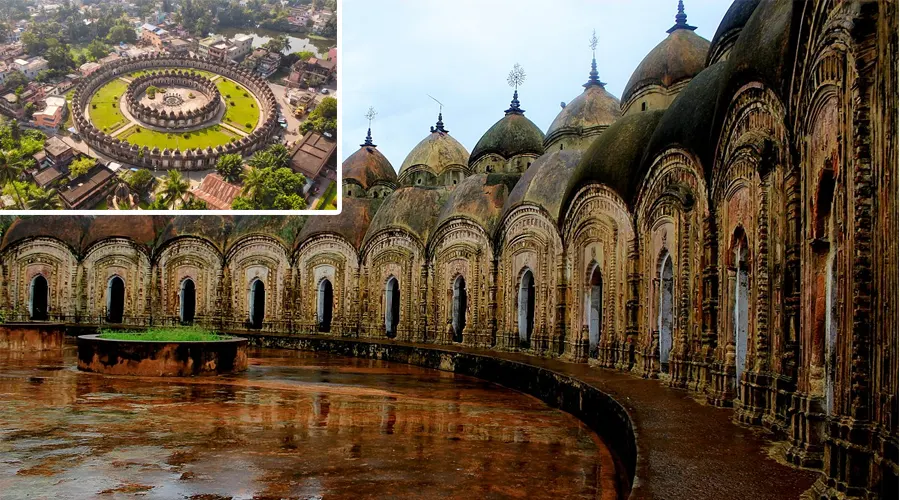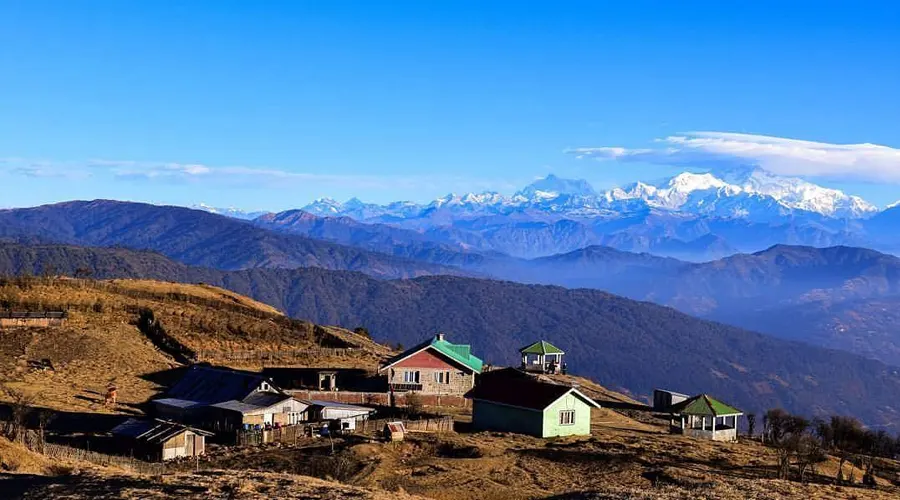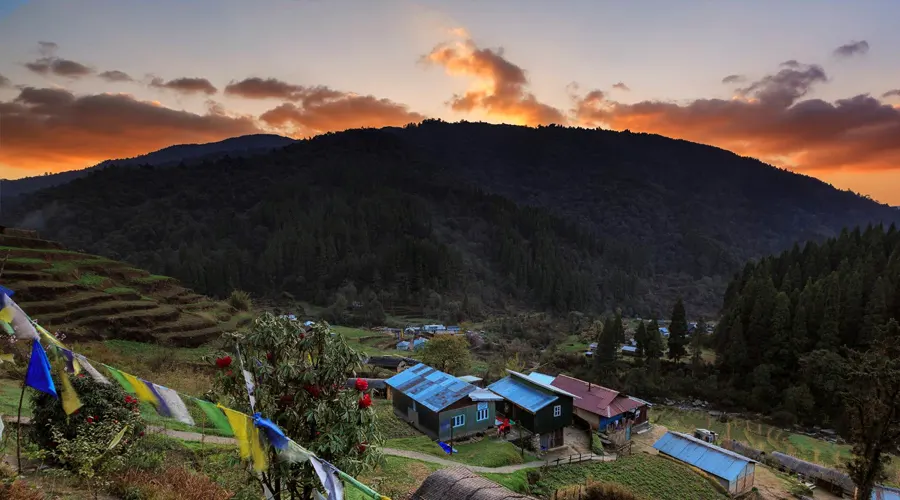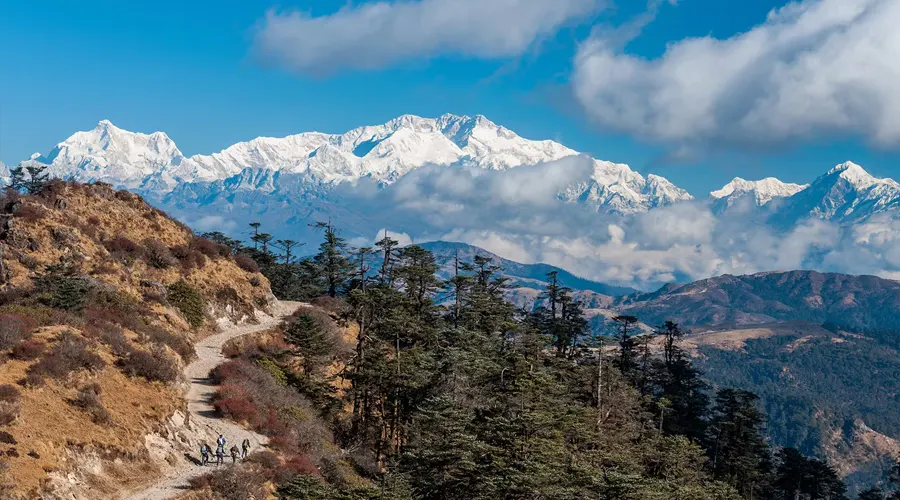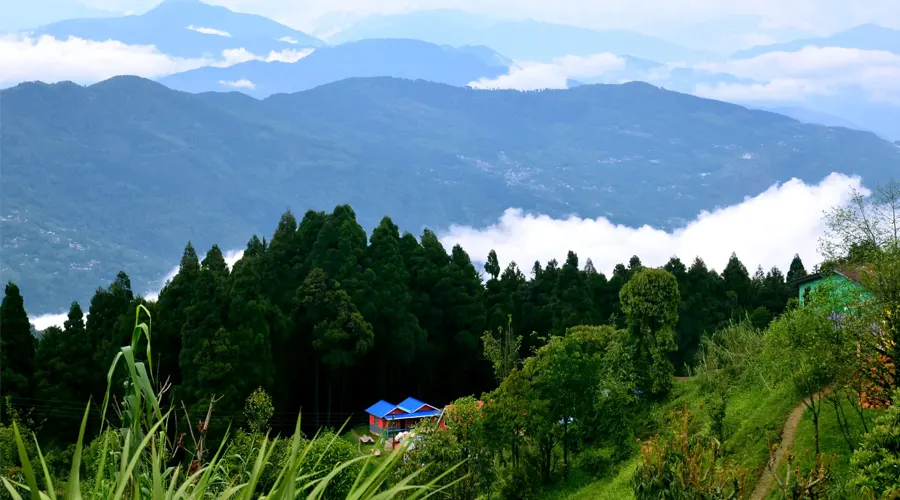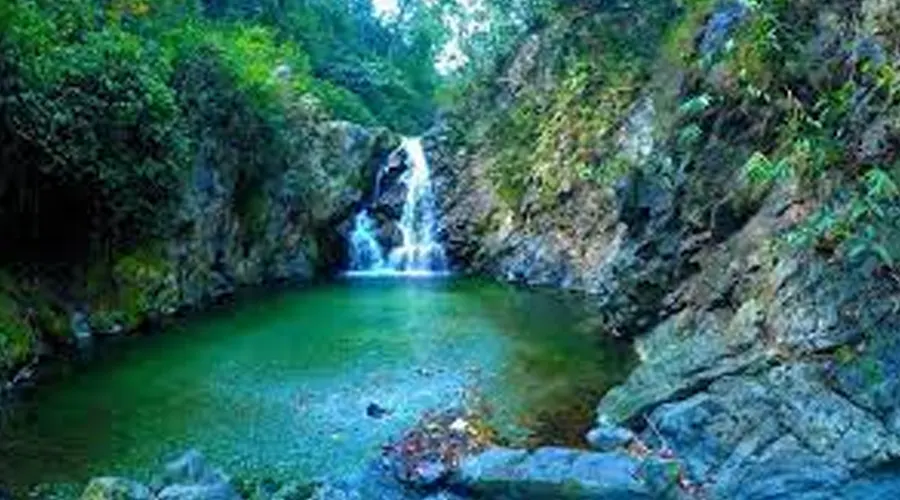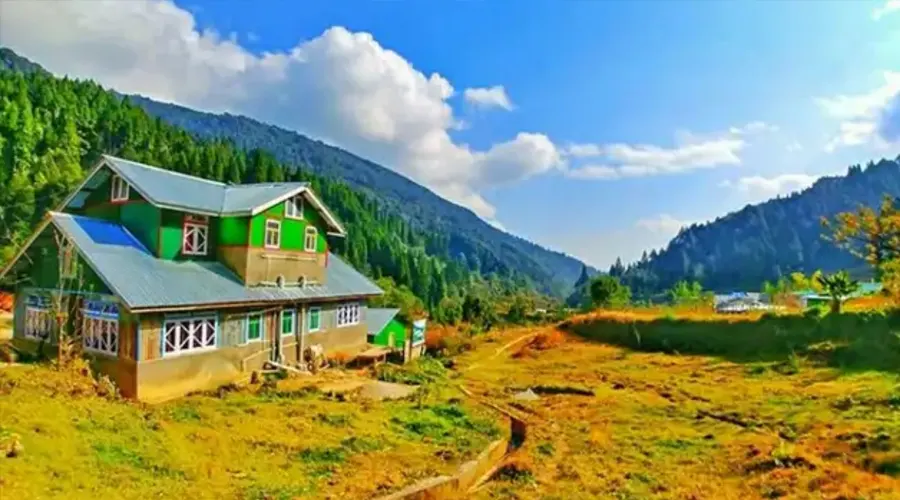Raj Bhavan
A monumental structure that was once the seat of British imperial power, Raj Bhavan draws tourists from far and wide and is one of the gems of the city’s heritage. A three-storeyed building, somewhat constructed like the White House, it boasts a grand central area that has generous halls. Curved corridors on all four sides lead to separate wings that are housed in themselves.
The Throne Room, the Banquet Hall, the Blue Drawing Room, and the Brown Dining Room are all on the central area of the first floor. So is the Council Chamber, which was the venue of many important government decisions. The governor’s apartments and the Grand Ball Room are located on the second floor. There are many acres of gardens around the building and intricately carved tall gates in wrought iron with lions sitting on top.
In total, Raj Bhavan is spread over 27 acres while the building occupies 84,000 sq ft of floor space. There are grand residential suites on the second floor. The grandest of all, the Prince of Wales suite, is on the first floor. Governor-general Lord Wellesley started staying here immediately as the ruler of the British Empire in India. After him, there have been 23 governors-general and many viceroys who lived here until the capital of India was shifted to Delhi.
The last to occupy Raj Bhavan was Sir Fredrick Burrows after whom Shri C Rajagopalachari took up residence here as the first Indian Governor. Built between 1799 and 1803, Raj Bhavan was inspired by the Kedleston Hall in Derbyshire, which was Lord Curzon’s ancestral house.
History of Raj Bhavan
In the early nineteenth century, the Governor-General of the East India Company lived in a rented house known as Buckingham House, which was located where the Raj Bhavan stands now. This house stood on land owned by a man named Mohammed Reza Khan who was a Nawab of Chitpur.
In 1799 the Governor-General of India Marquess Wellesley, began construction since he believed that the Governor-General of the country should live in a palace showing imperial authority over the colony.
Four years later, in 1803 the construction of the Government House was completed. The entire project made a huge dent in East India Companies' funds as it took nearly sixty-three thousand pounds to build the structure, this is roughly three million pounds in today’s estimate.
Wellesley was accused of improper management of funds and sent back to England in 1805, while Kolkata ended up with one of its finest colonial mansions. This building was later used by the Viceroy of India, till the capital was shifted to Delhi. Since then this building has been used by the Governor of the state of West Bengal as their residence.
Architecture of Raj Bhavan
The Raj Bhavan in Kolkata was designed by Captain Charles Wyatt. It is known to have a neoclassical style of architecture with baroque overtones. After Wellesley left in 1805, several changes have been made to the structure of the Raj Bhavan such as the metallic dome being added in the 1860s by Viceroy Lord Elgin.
Lord Curzon brought electricity and a lift to the Raj Bhavan. The original lift was installed in 1892, by the Otis Elevator Company which operates to this day. Raj Bhavan is three storied with a huge central open area consisting of large halls, curved corridors, and detached wings on all four sides.
There are a total of 60 rooms in Raj Bhavan excluding all halls, balconies, banquet halls, and a magnificent Throne room. On the second floor of the building, there are four residential suites in four corners of the building.
The main suite which is known as the Prince of Wales suite is usually used by foreign dignitaries during their stay and is on the first floor towards the northwest wing. The first floor also consists of the main Throne room, it has a banquet hall and also has Blue colored drawing rooms, and Brown colored dining rooms.
On the ground floor lies the Marble Hall which is open to the public and can be seen during the day. The second floor or the top floor has the residential suite of the Governor and the Ballroom.

